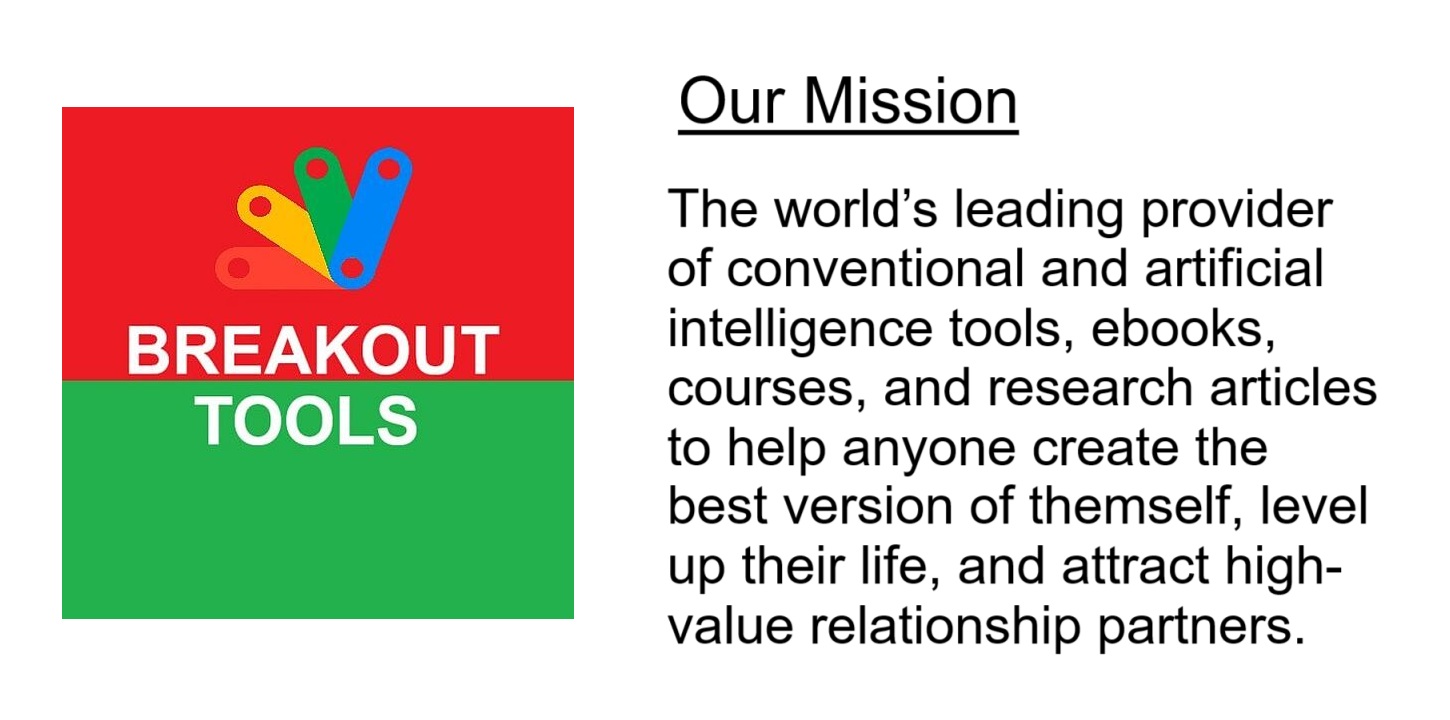Attention-Deficit/Hyperactivity Disorder (ADHD) is often seen through a gendered lens, a perception that can significantly delay diagnosis and impact the quality of care individuals receive. While it’s true that ADHD can manifest differently in males and females, limiting our understanding to these stereotypes obscures the full picture and can lead to missed cases, particularly in girls and women.
The traditional view of ADHD, largely shaped by research focused on boys, highlights hyperactivity and impulsivity as primary symptoms. Boys with ADHD are often seen as disruptive, struggling to sit still, and blurting out answers in class. However, ADHD presents differently in many girls. They may exhibit inattentive symptoms like difficulty focusing, forgetfulness, and disorganization, which are often internalized and less disruptive.
The Gendered ADHD Gap: Unveiling the Disparities
The consequences of this gendered view are far-reaching. Studies have shown that girls with ADHD are diagnosed later than boys, if at all. This delay can lead to significant academic, social, and emotional challenges. Without proper diagnosis and treatment, girls with ADHD are at a higher risk for:
- Academic Underachievement: Difficulty concentrating and staying organized can hinder academic performance, leading to frustration and low self-esteem.
- Social Difficulties: Inattentive symptoms can make it hard to follow conversations, remember details, and maintain friendships.
- Emotional Distress: The constant struggle to meet expectations can contribute to anxiety, depression, and other mental health issues.
- Increased Risk of Self-Harm: Untreated ADHD can exacerbate feelings of inadequacy and hopelessness, increasing the risk of self-harm and suicidal ideation.
Beyond Stereotypes: Recognizing the Spectrum of ADHD Symptoms
To improve diagnosis and treatment, it’s crucial to move beyond gender stereotypes and recognize the full spectrum of ADHD symptoms. This requires a more nuanced understanding of how ADHD can manifest in different individuals.
Inattentive Symptoms:
- Difficulty paying attention to details
- Making careless mistakes
- Trouble staying focused on tasks
- Appearing not to listen when spoken to
- Difficulty following instructions
- Being forgetful and losing things
- Being easily distracted
Hyperactive-Impulsive Symptoms:
- Fidgeting and squirming
- Having trouble staying seated
- Running or climbing excessively
- Talking excessively
- Blurting out answers
- Having trouble waiting their turn
- Interrupting or intruding on others
The Rise in ADHD Awareness: Current Data and Evolving Perspectives
Recent data indicates a growing awareness of ADHD in both genders. According to a 2023 report by the Centers for Disease Control and Prevention (CDC), approximately 6.1 million children in the United States have been diagnosed with ADHD. While boys are still more likely to be diagnosed, the gap is narrowing as awareness of ADHD in girls increases.
Adult ADHD: The Overlooked Population
ADHD doesn’t just affect children; it’s a lifelong condition that can significantly impact adults. Many adults with ADHD were never diagnosed as children, and they may struggle with issues like:
- Workplace Challenges: Difficulty managing time, staying organized, and meeting deadlines can hinder career advancement.
- Relationship Problems: Impulsivity, inattention, and emotional dysregulation can strain relationships with partners, family, and friends.
- Financial Difficulties: Poor impulse control and difficulty managing finances can lead to debt and financial instability.
- Co-occurring Mental Health Conditions: Adults with ADHD are at a higher risk for anxiety, depression, substance abuse, and other mental health issues.
- Executive Functioning Issues: Difficulties in planning, organizing, and initiating tasks can impact daily life.
Current ADHD Statistics and Rates:
- Global Prevalence: The estimated global prevalence of ADHD is around 5%.
- Diagnosis Rates: Diagnosis rates vary across countries and regions due to differences in diagnostic criteria and awareness.
- Adult ADHD: Studies suggest that around 2.5% of adults have ADHD, but many are undiagnosed.
Treatment Landscape: Medication, Therapy, and Beyond
Effective treatment for ADHD typically involves a combination of medication and therapy. Stimulant medications can help improve focus, attention, and impulse control. Non-stimulant medications may also be used, particularly for individuals who experience side effects from stimulants.
Therapy, such as cognitive-behavioral therapy (CBT), can help individuals with ADHD develop coping skills, manage their emotions, and improve their relationships. Parent training and support groups can also be beneficial for families affected by ADHD.
New Treatment and Research Developments:
- Digital Therapeutics: Apps and digital tools are emerging as potential treatments for ADHD, offering personalized interventions and progress tracking.
- Neurofeedback: This technique involves training individuals to regulate their brain activity, potentially improving attention and focus.
- Genetic Research: Ongoing research is exploring the genetic factors that contribute to ADHD, which could lead to more targeted treatments in the future.
- Dietary Interventions: Some studies suggest that certain dietary changes, such as reducing sugar and processed foods, may help manage ADHD symptoms.
The Importance of Early Intervention and Ongoing Support
Early diagnosis and intervention are crucial for improving the long-term outcomes for individuals with ADHD. By recognizing the diverse ways ADHD can manifest and providing appropriate support, we can help individuals with ADHD reach their full potential.
Steps to Take for Those Concerned:
- Consult a Healthcare Professional: If you suspect you or your child has ADHD, schedule an evaluation with a qualified healthcare professional.
- Gather Information: Research ADHD and its symptoms to better understand the condition.
- Seek Support: Connect with support groups and online communities to share experiences and learn from others.
- Advocate for Yourself or Your Child: Be an active participant in the diagnosis and treatment process.
- Promote Awareness: Help raise awareness of ADHD and challenge gender stereotypes.
Conclusion: Towards a More Inclusive Understanding of ADHD
Moving beyond gender stereotypes is essential for improving the diagnosis and treatment of ADHD. By recognizing the diverse ways ADHD can manifest and providing appropriate support, we can empower individuals with ADHD to thrive. Increasing awareness, promoting early intervention, and fostering a more inclusive understanding of ADHD are crucial steps towards creating a more equitable and supportive society for everyone.









